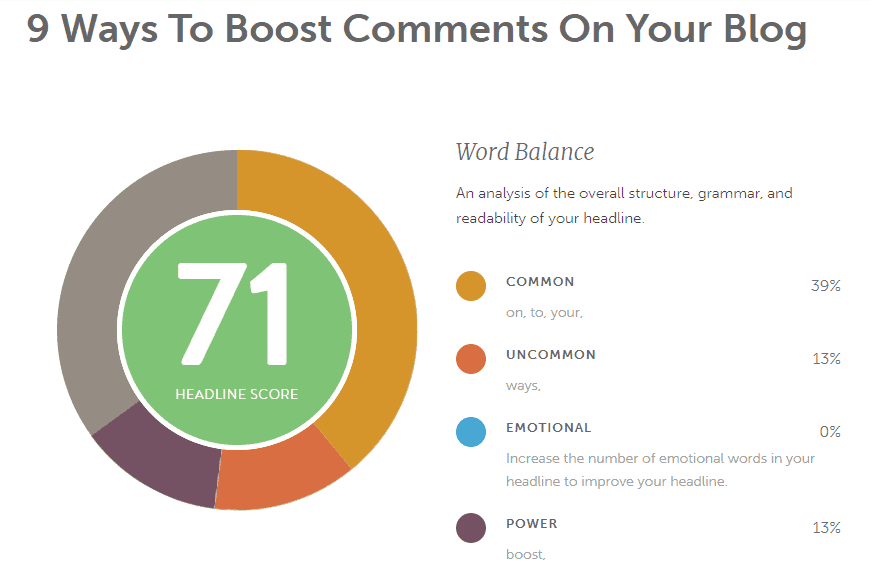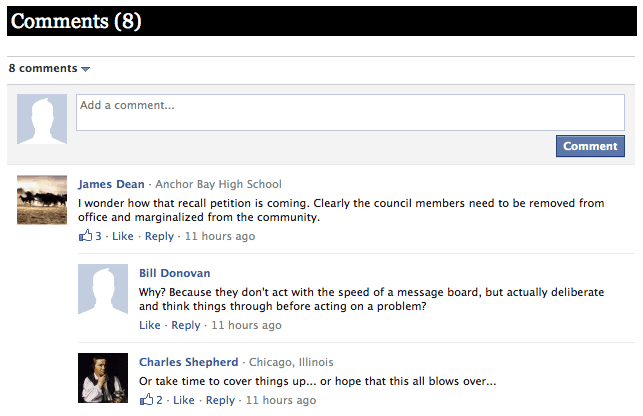You know that content is king. Working tirelessly week in and week out, you create great blog posts packed with value for your readers.
You finally hit publish, and… crickets.
You wait patiently, promoting your post on social media and emailing your list, but still nothing.
You think, “is anyone even reading this?”
Sound familiar?
When you’re struggling to promote good content and seeing little return on your time investment, it might be tempting to forgo a comment-boosting strategy.
But, boosting comments is more than just food for your ego. It’s a great way to grow your traffic, engage with your audience and gain social proof.
Increasing your blog post comments helps you understand which posts your audience loves and wants more of. In addition, comments help you build deeper relationships with your audience, which improves your sales conversions, according to the legendary Neil Patel.
[bctt tweet="Your audience wants to engage with you. They want their voices to be heard, and they want to feel understood." username="relevance"]
Your audience wants to engage with you. They want their voices to be heard, and they want to feel understood. Blog comments are a great way to develop these relationships with your audience and ensure they come back to your site for more.
Headlines are the best indicator of whether or not you will get comments on your blog posts. They are the first thing your readers see when they visit your page. Therefore, your readers will decide if they want to read on if your headline captures their attention.
Use a free tool like CoSchedule Headline Analyzer to grade your headlines. Are they compelling enough to attract readers? Do they have the right mix of words? Do they tell readers what the article is about? This free tool helps you create better headlines by showing you what works and what doesn’t.

One way to boost comments on your blog is to boost traffic to your website. But once the traffic finds your site, you also want to make sure they’ll return. Most readers won’t comment the first time they visit your blog. They need to get to know you first.
Encourage readers to sign up for your email list by offering an incentive like a free workbook, ebook, video, or discount code. Once you grow your list, you can encourage subscribers to check out your latest blog posts and add their comments. You have complete control over your email list, so use it to your advantage!
Blog post frequency is more of an art than a science. In general, you want to publish at a frequency that your audience can keep up with. If you publish too often, your most popular articles may get overlooked by a newer, less popular article, as it gets pushed farther down the page.
Your readers may get overwhelmed if you publish lots of content. Publishing less often, like once per week, can actually increase the number of comments on a single blog post because it will stay at the top of the list for a longer period of time.
If you publish more frequently, or have a long history of blog posts, you may want to start linking back to your older posts. Not only is this a great way to boost your SEO, and therefore traffic, but this ensures that new readers will see your older material.
There’s nothing humans love more than a little controversy. Introducing a controversial topic can increase your blog comments, because everyone has an opinion to share, whether they agree or disagree with your perspective.
A great way to do this is to reference a recent pop culture phenomenon or a deeply-held myth in your niche. Write an article about your personal opinion on the matter and invite your readers to share their opinions in the comments. Be careful of getting too one-sided, however. You don’t want to alienate new readers who don’t yet know you.

This probably goes without saying, but a surefire way to boost comments is to ask for comments. Ask a question at the end of each blog post to invite your audience to share a story or their opinion. Be sure that it is not a yes or no question; encourage readers to elaborate.
The goal is to start a dialogue. The more discussion going on in the comments, the more new readers will be likely to add their two cents.
In keeping with the dialogue, you need to respond to the comments you receive. Not only will this show that you care about your readers’ opinions and stories, but it also helps to create momentum in adding new comments.
Readers will be more likely to comment on blog posts when they see that you care enough to respond. This helps build trust with your audience. Ask questions to dig deeper into the topic, or share additional thoughts or resources when you respond. Interacting with your readers encourages them to continue commenting on your future posts.
Sometimes, a reader has an idea or opinion they want to share after reading the first few paragraphs of your blog post. Rather than scrolling all the way to the bottom to comment, they may continue reading and forget their original thought.
Make it easy for your readers to leave a comment by linking to your comment form early and often. Here is one example from Adam Connell of Blogging Wizard.
If all else fails, you may be writing content for the wrong audience. Great content speaks to the needs of your customers. It helps them solve problems, gain inspiration and learn new skills. If you’re not seeing comments on your posts, your posts may not be reaching the right people.
You can better understand your audience’s needs by conducting a survey. By simply asking what your audience wants, then delivering that very content, you will automatically build trust. You’re showing them that you are there to help them and provide valuable content that solves their problems. And isn’t that the whole point of content marketing?
You don’t need an entirely new strategy to boost comments on your blog. Use these simple tactics to increase engagement and build deeper relationships with your audience.